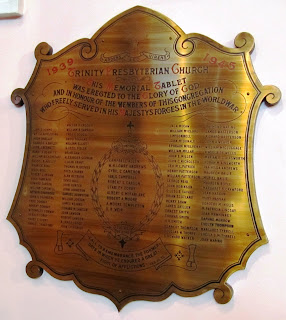Watson was born at 3 Ardenlee Gardens, Belfast on 4th October 1919 to Thomas Edward Watson, Shipwright and Jane Watson nee Moffett. They had married on 14th April 1914 at Duncairn Gardens Presbyterian Church.
Following his education, Watson joined the bank around 1936/37 based on a starting age of 17.
Watson volunteered and enlisted into the Royal Armoured Corps. Promotion to 2nd Lieutenant from Cadet was in 1942. Lieutenant followed (service number 245394).
He was serving with the 145th (8th Bn. The Duke of Wellington's Regt.) Regt. when he was Killed in Action on 31st August 1944.
Watson is buried in the Coriano Ridge War Cemetery, Italy - grave reference XII C 5.
The NatWest Group Archives website has published this information:
William Ernest Watson was born on 4 October 1919, the son of Thomas Edward Watson, a shipwright, and his wife Jane. In April 1939 he went to work for Ulster Bank at its head office in Belfast.
Two years later, in April 1941, Watson left the bank to go on war service, joining the Royal Armoured Corps. By 1941 he held the rank of Lieutenant and was serving in Italy. He was killed in action there on 31 August 1944. He was 25 years old.
William Watson is commemorated on two memorials at Ulster Bank’s Belfast head office: its roll of honour for staff who served in the Second World War and its memorial for those who fell.



























